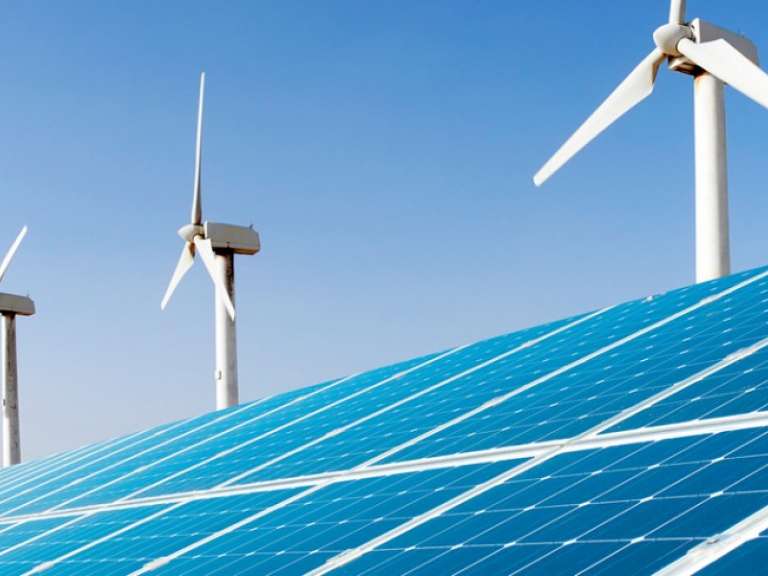Peaking power plants, commonly known as peakers, operate during times of high demand. These plants typically run less than 1,500 hours per year, and some may operate for as few as 250 hours per year. Traditionally, peakers were ramped up to 100 percent load as quickly as possible, run during the high-demand period, and then shut down. However, recent trends have popularized a new breed of peaker—the load following power plant.
The Traditional Approach: To Peak
Power plant demands vary widely over the course of a year. Summer electricity demand is higher in the northern hemisphere, and year-round daily demand can vary a great deal from early morning to late afternoon, according to the U.S. Energy Information Association. To avoid blackouts, supply must always meet demand, which means dispatchable power sources are required when demand rises.
Historically this has been accomplished by dispatching peakers during periods of high demand. These peakers are typically simple-cycle gas turbines that can start up and reach full load in as little as five minutes. Peakers generally have less efficient gas turbines than those used for baseload power, and therefore consume more fuel per megawatt-hour (MWh) of power produced.
The New Approach: To Follow
Over the past decade, the use of renewable power sources has surged. This has caused ripple effects in the grid, and some peakers have had to become balancing assets for renewables.
According to the 2016 BP Statistical Review of World Energy, global consumption of wind and solar power increased by a factor of 10 between 2005 and 2015. As these sources are highly variable—with output changing from minute to minute—a new class of peakers has emerged. To adjust to the increased variability of the grid as renewable penetration grows, the load following power plant has grown in importance.
To Peak or To Follow: That Is the Question
In contrast to the traditional peaker, a load following power plant operates at a lower load for longer hours to balance out the variability of renewables. It operates with different key performance indicators (KPI) from a traditional peaker plant. For example, a load following plant has to have faster response times to handle transient loads. It may need a zero-minute start time. With the emergence of utility-scale battery storage, energy storage can be combined with gas turbines to provide an immediate response while the gas turbine is coming online.
Load following plants also have to deal with more variables than traditional peakers. For example, the load may need to be changed during the ramp up, or the ramp-up speed may need to be quickened or slowed.
As with traditional peakers, the electricity produced by load following plants is more expensive than that from plants producing baseload power. In addition, gas turbines are at their greatest efficiency when operating at maximum load. That means that load following plants running at minimum or partial loads are less efficient than similar plants acting as traditional peakers.
Renewable power sources are increasing in importance across the world. As more of these sources are incorporated into the grid, it becomes critical to have variable power generation that can balance out the intermittent nature of these power sources. Load following power plants have emerged to fill this role, and their importance is forecast to grow. In Germany, for example, the share of variable renewables is projected to grow from 14 percent in 2013 to 34 percent in 2030, according to Nature Energy. This will pose a big challenge for power producers, but the new breed of peakers seems assured to play an important role in meeting this challenge.
